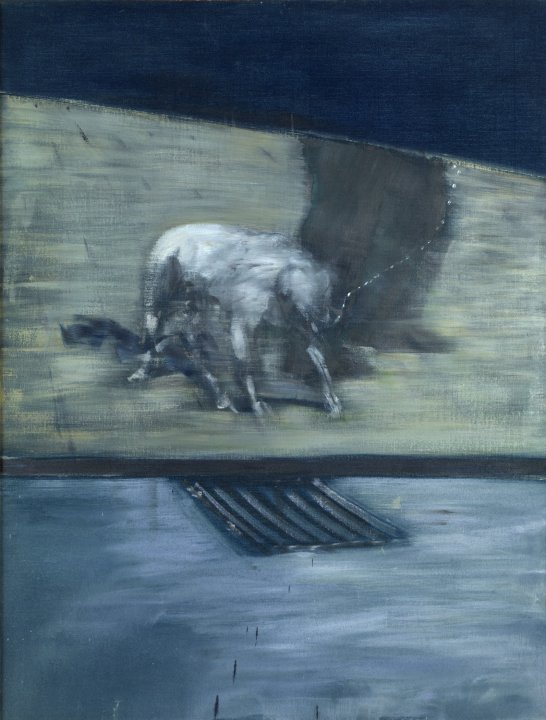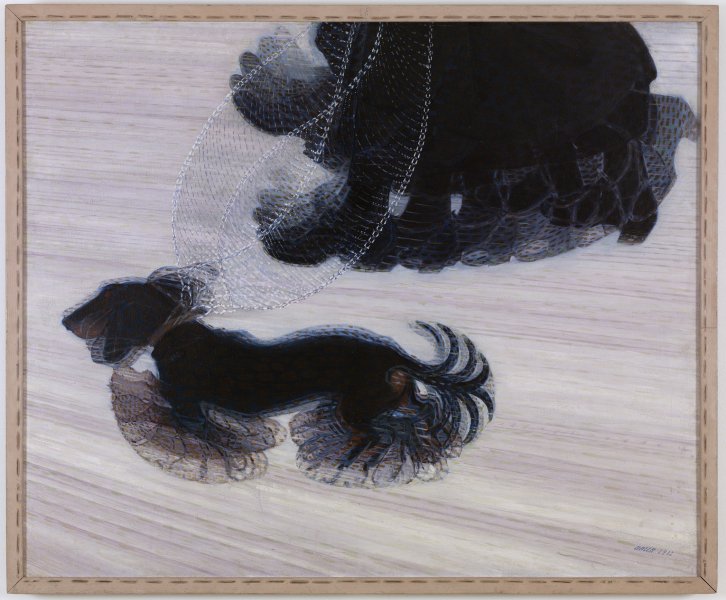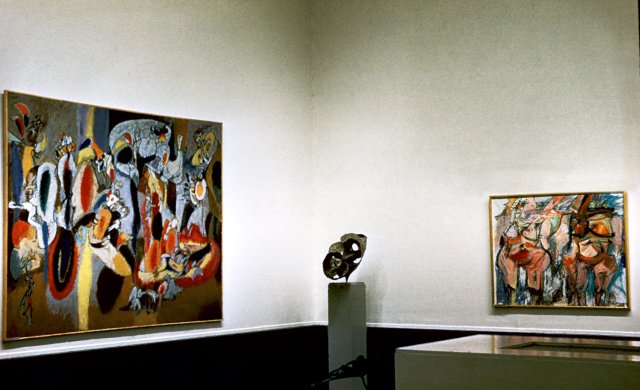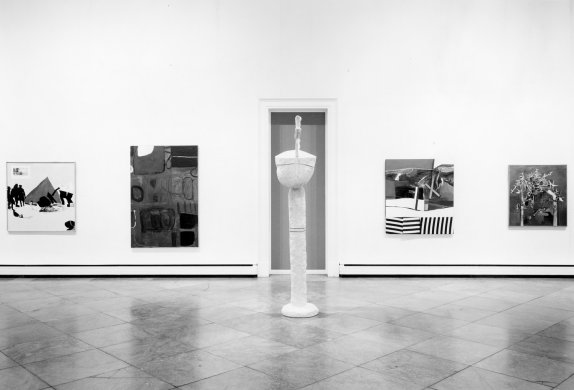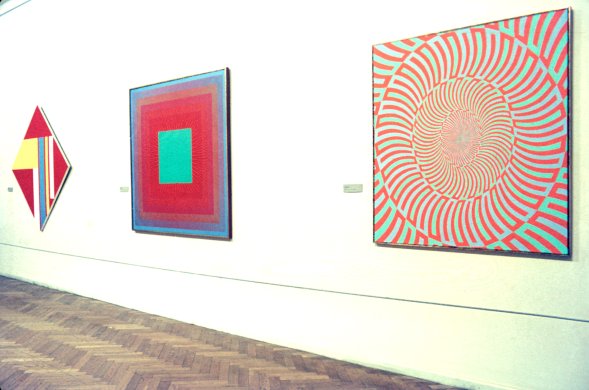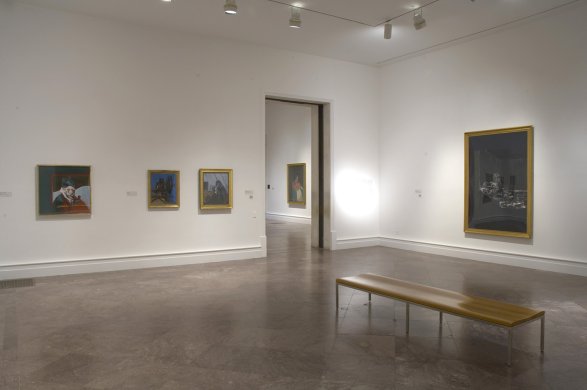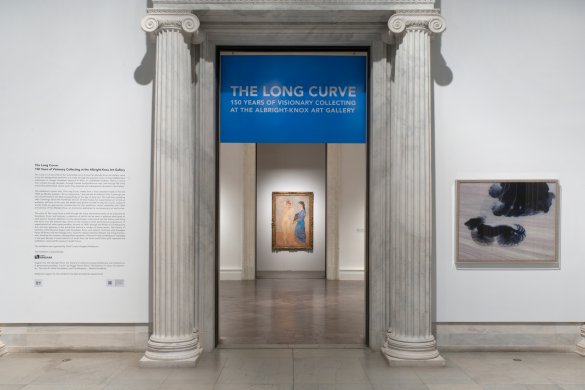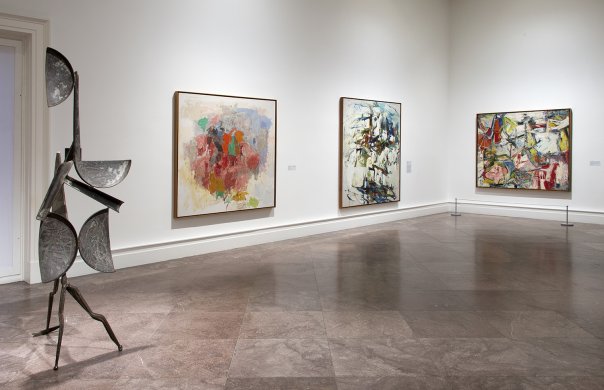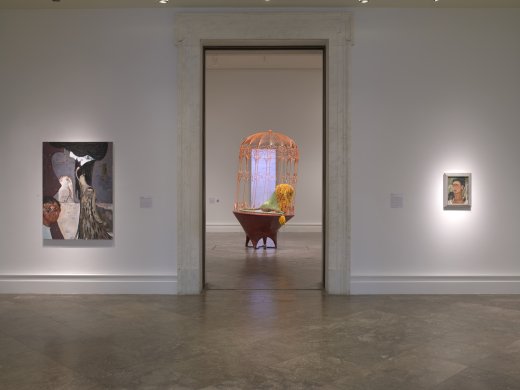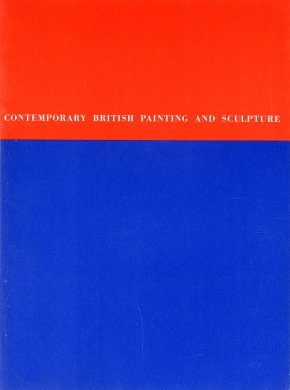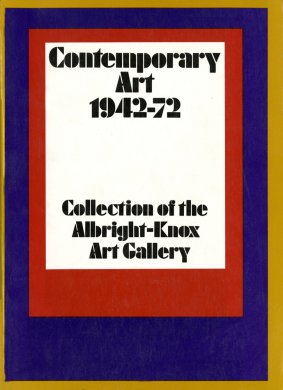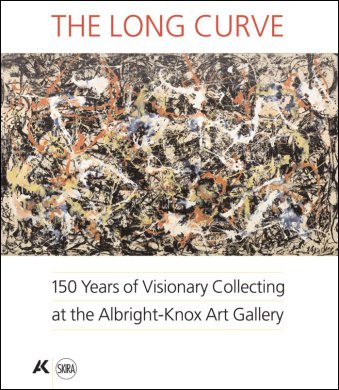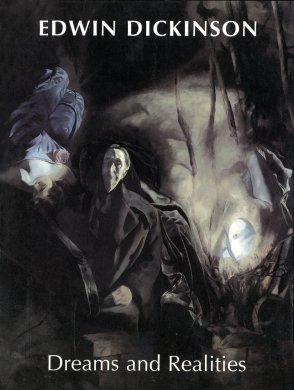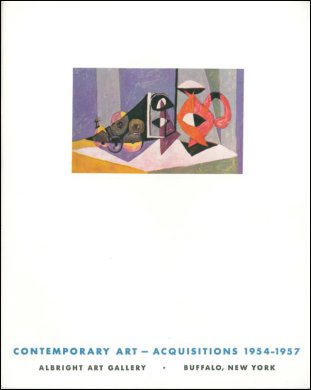Francis Bacon
British, born Ireland, 1909-1992
Man with Dog, 1953
Artwork Details
Currently on View
Collection Highlight
Materials
oil on canvas
Measurements
support: 60 x 46 inches (152 x 117 cm); framed: 62 1/4 x 48 3/8 x 2 1/4 inches (158.12 x 122.87 x 5.72 cm)
Collection Buffalo AKG Art Museum
Credit
Gift of Seymour H. Knox, Jr., 1955
Accession ID
K1955:3
Francis Bacon developed a fascination with animals, which, unlike human beings, respond to life in ways that are spontaneous, instinctual, and uninhibited. Consequently, he aimed to expose the raw emotions submerged beneath social civility through his work. The composition of Man with Dog was inspired by an image from Eadweard Muybridge’s (British, 1830–1904) 1887 time-lapse photographic series Animal Locomotion: an Electro-Photographic Investigation of Connective Phases of Animal Movements. The canine he depicts in this painting seems to be either cowering or paused for attack. Bacon wanted his compositions to remain intentionally mysterious and open to interpretation. This same dog appears in other works by Bacon, but the settings vary dramatically—from a seafront in Monte Carlo to a background partly inspired by a stadium in Germany that the Nazis adapted for the Nuremberg Rally. This painting’s motif may also reference a work that is in the Albright-Knox’s collection: Dinamismo di un cane al guinzaglio (Dynamism of a Dog on a Leash), 1912, by Giacomo Balla. Bacon may have seen Balla’s painting while it was on loan to the Tate Gallery in London during the summer of 1952, and its composition may have prompted him to depict the animal on a leash with a human companion. However, beyond these two inspirational sources, Bacon transformed the subject into a scene wrought with tension and fear.
